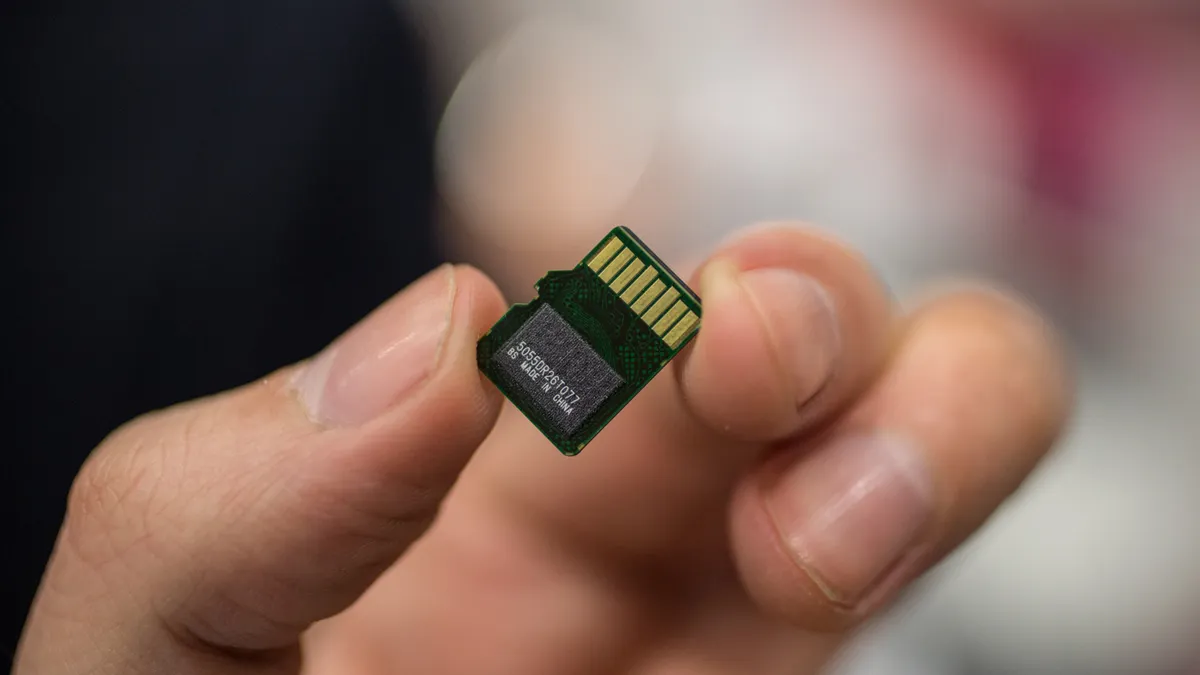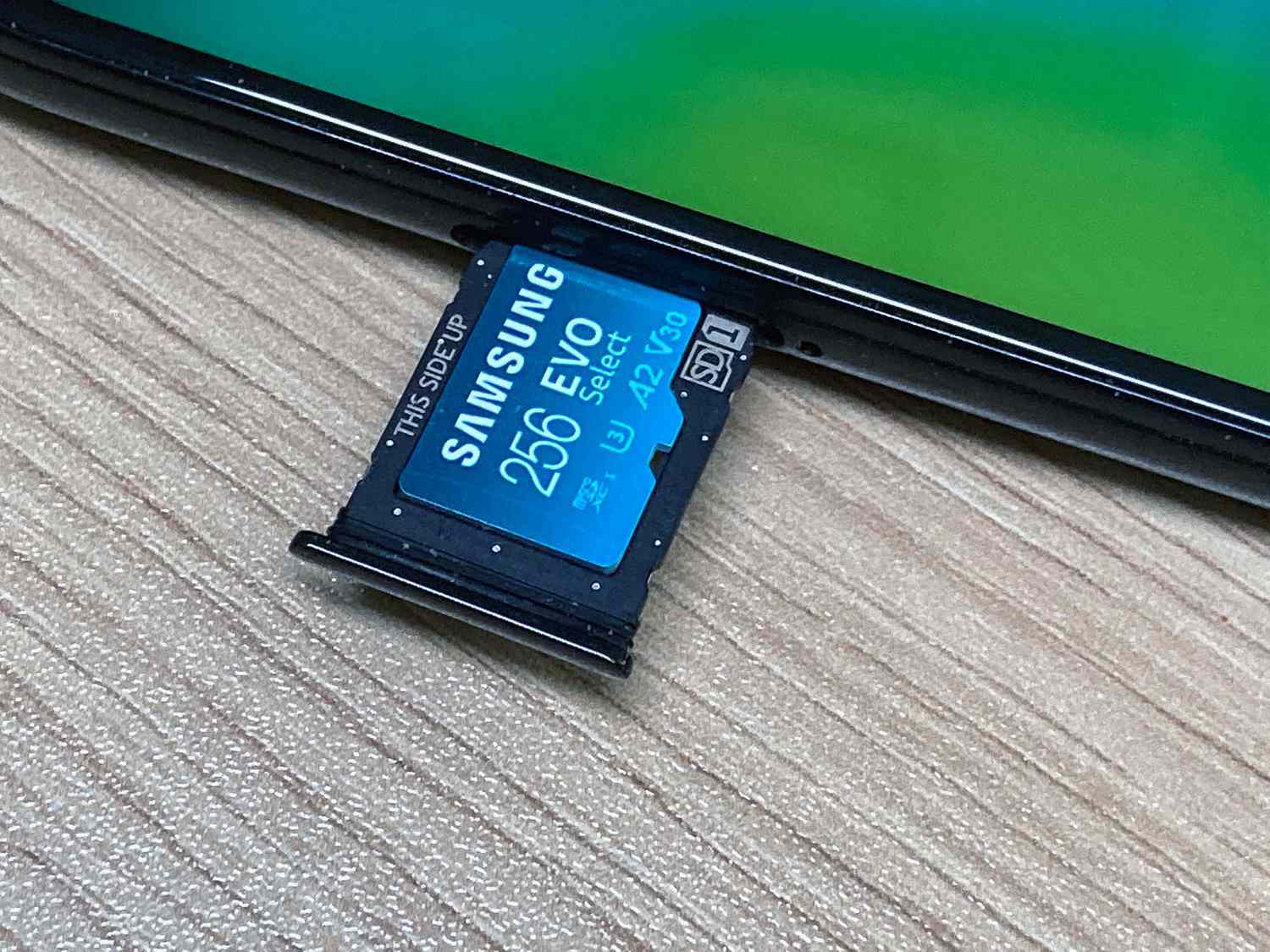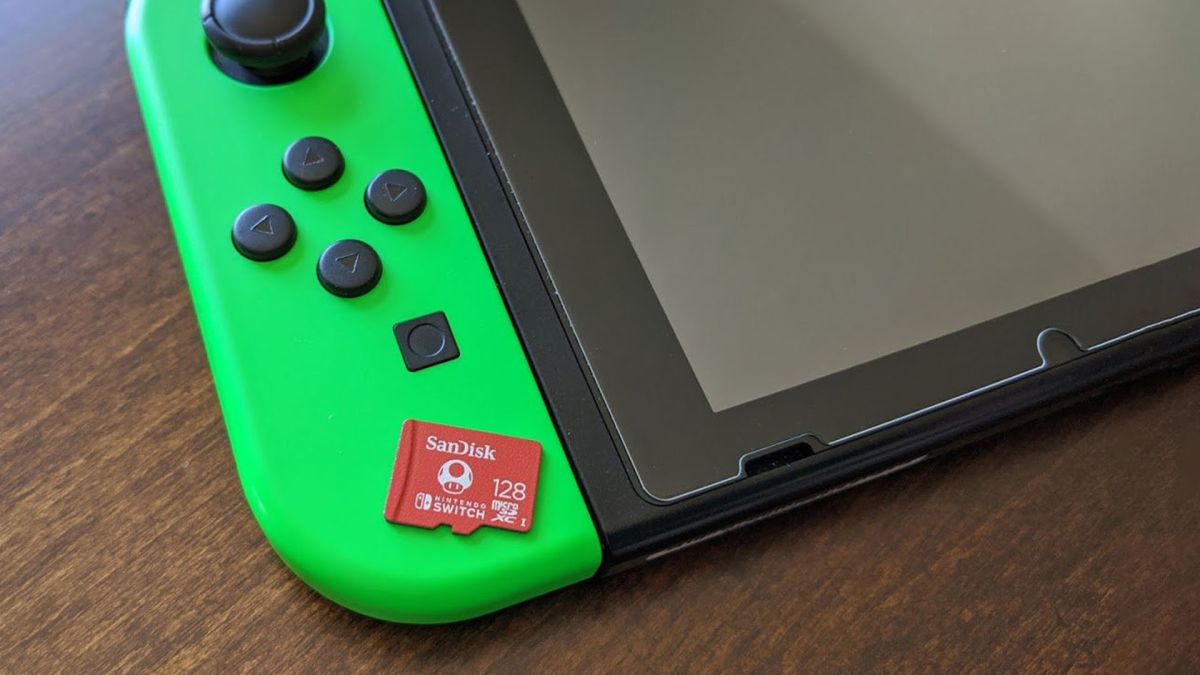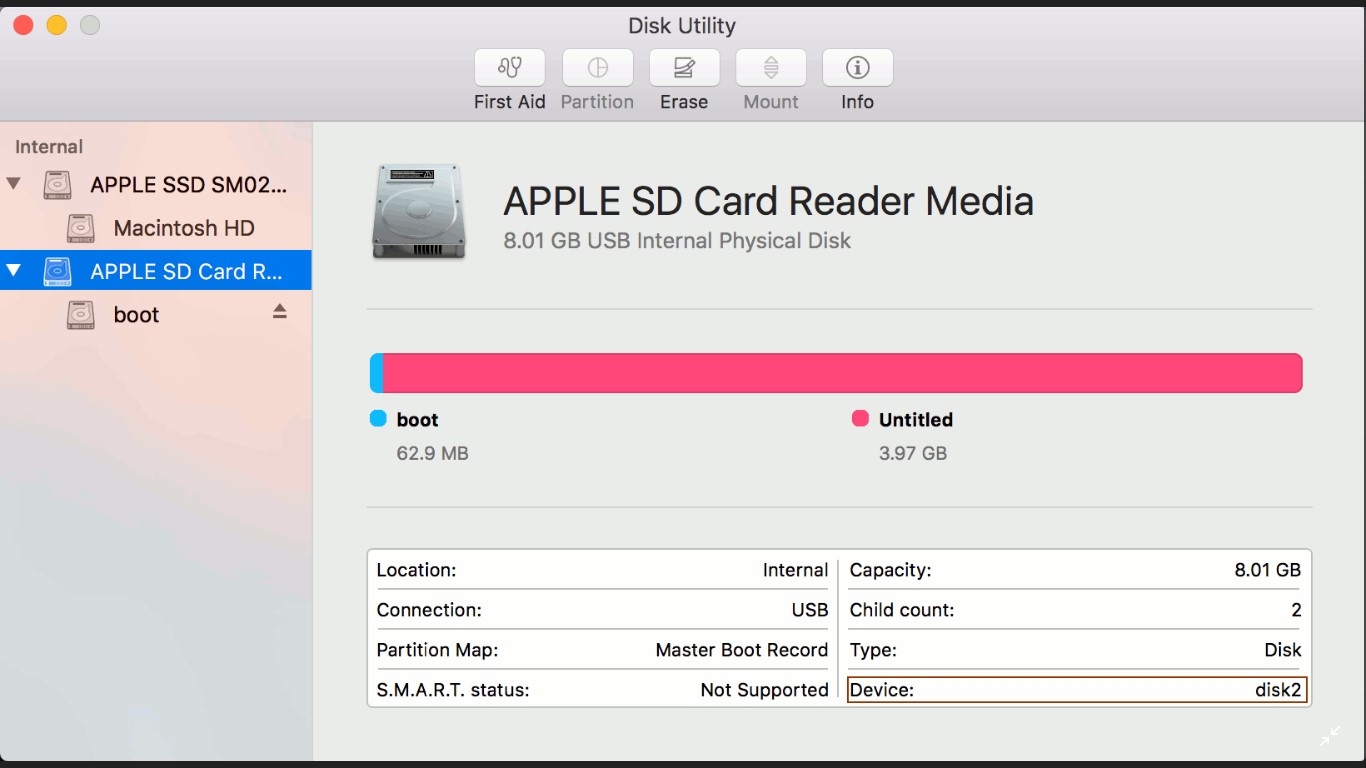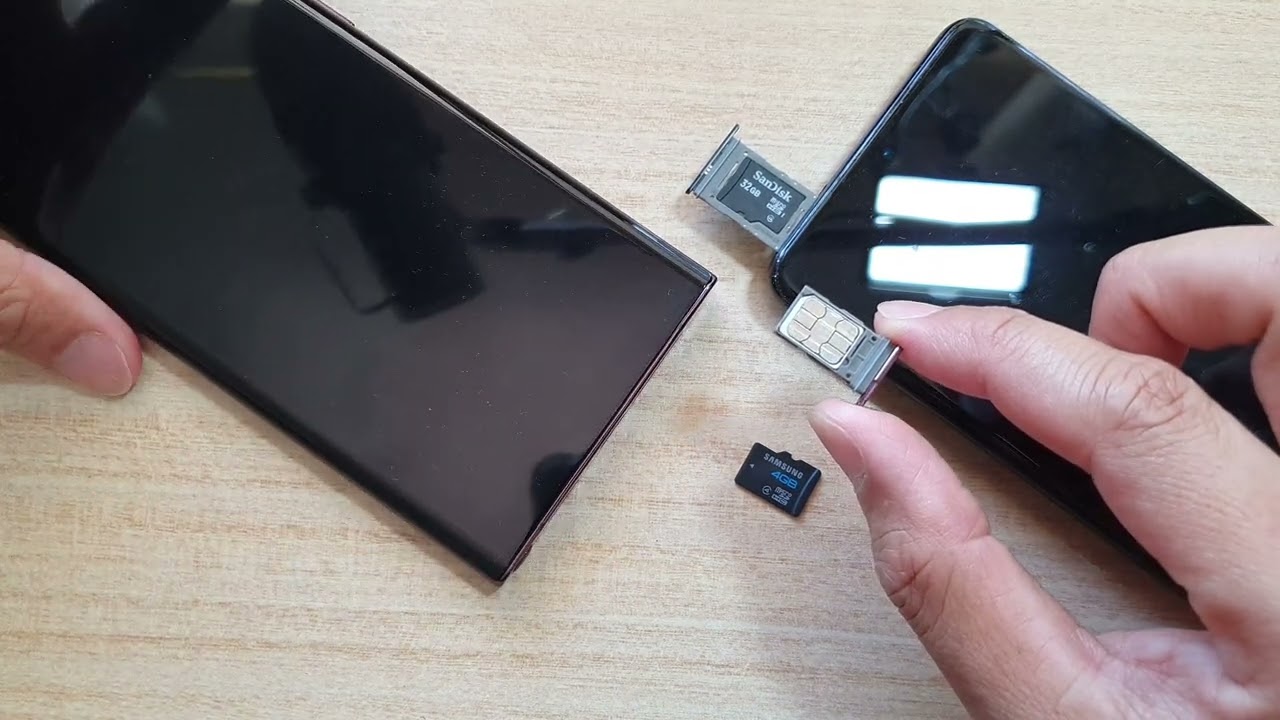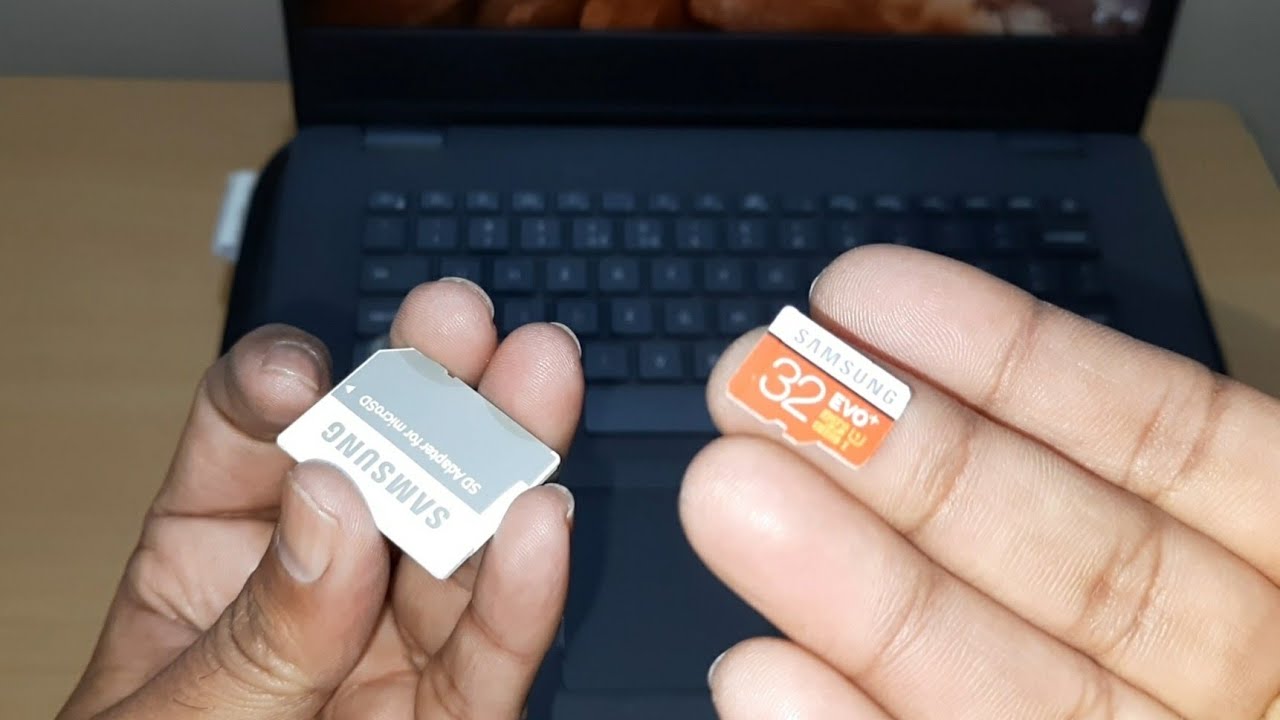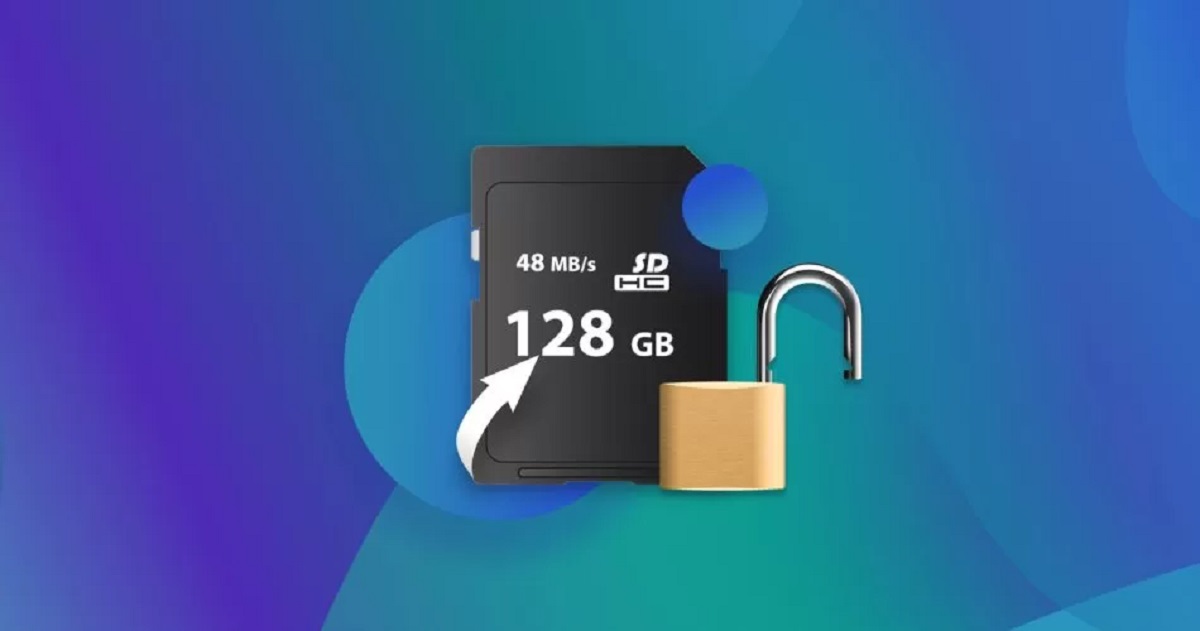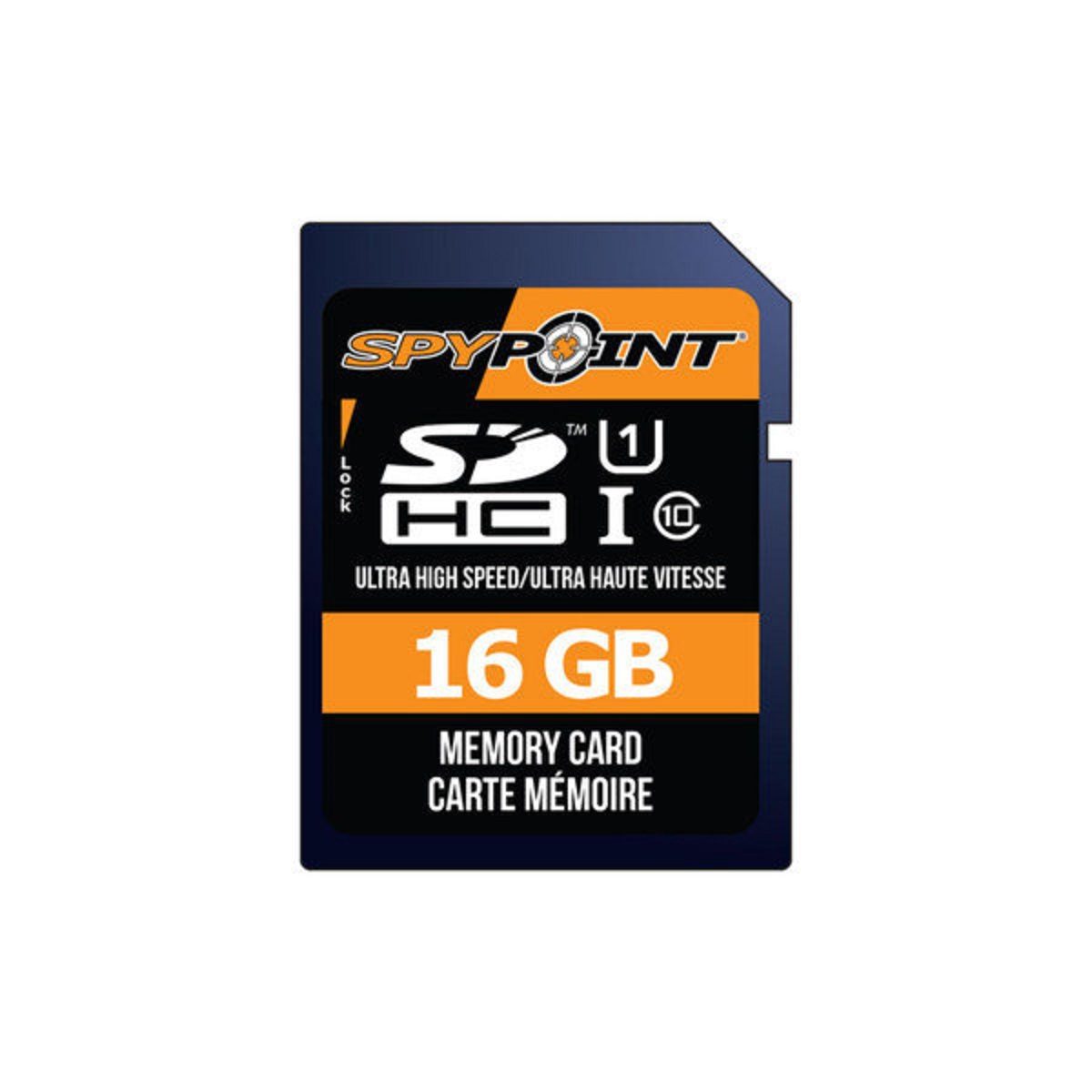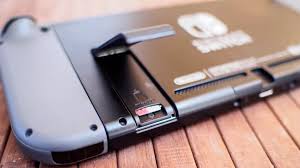Introduction
Welcome to the world of SD cards! In this digital age, where our lives are becoming increasingly dependent on portable devices, SD cards play a vital role in expanding storage capacity. Whether you’re a tech enthusiast, a photographer, or simply someone who loves to store and access multimedia files on the go, understanding what an SD card is and how it works is essential.
An SD card, short for Secure Digital card, is a small, portable storage device used to store and transfer digital data. It is commonly used in devices like cameras, smartphones, tablets, and handheld gaming consoles. The convenient size and versatility of SD cards have made them a popular choice for expanding the storage capacity of various electronic devices.
In this article, we will explore the different types of SD cards, their capacity and speed classes, file system formats, common uses, and how to utilize them effectively. Whether you’re a beginner or already familiar with SD cards, this article will provide you with valuable insights to enhance your understanding and make the most out of your devices.
So, let’s dive into the world of SD cards and uncover the exciting capabilities they offer!
What is an SD Card?
An SD card is a type of portable storage device that uses flash memory technology to store and transfer digital data. SD stands for Secure Digital, and these cards are widely used in a variety of electronic devices, serving as a convenient way to expand storage capacity.
SD cards come in different shapes and sizes, with the most common being the standard SD card, mini SD card, and micro SD card. These variations allow compatibility with different devices, from digital cameras and smartphones to tablets and gaming consoles.
One of the primary advantages of SD cards is their small size and portability. You can easily carry multiple SD cards with you, allowing for flexible storage options without relying solely on the internal memory of your device. This makes SD cards particularly useful for photographers, videographers, and anyone who needs to store large amounts of data while on the move.
SD cards also offer fast and reliable data transfer speeds, ensuring quick access to your files. Whether you’re capturing high-resolution photos or recording high-definition videos, an SD card with high-speed class ratings will provide smooth performance, allowing you to seamlessly store and retrieve your data.
In terms of storage capacity, SD cards are available in a wide range of sizes, from a few gigabytes (GB) to several terabytes (TB). This flexibility allows you to choose the right capacity based on your needs, whether you’re a casual user storing documents and music or a professional capturing and editing large files.
Furthermore, SD cards support various file system formats, including FAT32 and exFAT. These formats determine how your files are organized and accessed on the SD card, ensuring compatibility across different devices and operating systems.
Overall, SD cards are an essential tool for expanding storage capacity and transferring data across a range of devices. Their small size, portability, fast transfer speeds, and varying storage capacities make them indispensable for professionals and everyday users alike.
Types of SD Cards
SD cards are available in different types to cater to various devices and their specific requirements. Let’s take a closer look at the three main types of SD cards: standard SD, mini SD, and micro SD.
1. Standard SD Card: The standard SD card, also known as SDSC (Secure Digital Standard Capacity), is the original and most commonly used type of SD card. It has a rectangular shape and is typically found in digital cameras, camcorders, and other larger devices. Standard SD cards have a maximum storage capacity of 2 gigabytes (GB).
2. Mini SD Card: As the name suggests, mini SD cards are smaller in size compared to standard SD cards. They have the same rectangular shape but are slightly shorter. Mini SD cards are mainly used in older smartphones, GPS devices, and some digital cameras. They typically range in capacity from 2GB to 4GB.
3. Micro SD Card: Micro SD cards are the smallest and most commonly used type of SD card today. They are tiny, approximately the size of a fingernail, making them ideal for compact devices like smartphones, tablets, and action cameras. Despite their small size, micro SD cards offer impressive storage capacities, ranging from a few gigabytes to several terabytes.
It’s important to note that while all devices with an SD card slot can support standard SD cards, devices that require mini or micro SD cards may require an adapter to use a larger SD card. These adapters allow flexibility in using different card sizes to ensure compatibility.
In addition to the standard, mini, and micro sizes, SD cards also have different generations, denoted by their speed ratings. Newer generations offer faster data transfer speeds and improved performance. The most common generations are SDHC (Secure Digital High Capacity) and SDXC (Secure Digital eXtended Capacity), which offer higher storage capacities and faster transfer speeds compared to the standard SD cards.
Understanding the different types of SD cards will help you select the right one for your device and ensure seamless compatibility and performance.
Capacity of SD Cards
The capacity of an SD card refers to the amount of digital data it can store. SD cards are available in a wide range of capacities, from a few gigabytes (GB) to several terabytes (TB), giving users the flexibility to choose the appropriate size based on their storage needs.
1. Standard Capacity (SDSC): The original SD cards, also known as SDSC or Standard Capacity cards, have a maximum storage capacity of 2GB. These cards are suitable for users with basic storage requirements, such as storing documents, music files, and low-resolution photos.
2. High Capacity (SDHC): SDHC cards, also referred to as High Capacity cards, offer higher storage capacities compared to SDSC cards. The SDHC standard supports capacities from 4GB to 32GB. These cards are ideal for users who need to store larger quantities of data, including high-resolution photos, HD videos, and larger application files.
3. Extended Capacity (SDXC): SDXC cards, or Extended Capacity cards, take storage capacity to the next level. They can store up to a massive 2 terabytes (TB) of data. SDXC cards offer ample space for professional photographers, videographers, and heavy data users who require large amounts of storage for high-resolution files, 4K videos, and other data-intensive applications.
When choosing the capacity of an SD card, it’s important to consider your specific needs and usage patterns. If you primarily use your SD card for casual purposes, such as storing music or documents, lower-capacity options like SDSC or smaller SDHC cards might suffice. On the other hand, if you capture high-resolution photos, record videos, or work with large files, opting for larger-capacity SDXC cards will ensure you have enough space.
It’s worth noting that the actual usable capacity of an SD card may be slightly less than the stated capacity due to formatting and system overhead. Additionally, the file system format used on the SD card can also affect the maximum file size it can accommodate.
By understanding the capacity options available and considering your storage requirements, you can choose the right SD card that provides sufficient space to store your digital data conveniently and securely.
Speed Classes of SD Cards
The speed class of an SD card refers to its ability to write and read data at a certain speed. It is denoted by a class number, which represents the minimum sustained write speed of the card. Understanding speed classes is crucial, especially for tasks such as capturing high-definition videos or transferring large files. Here are the common speed classes of SD cards:
1. Class 2: Class 2 SD cards have a minimum sustained write speed of 2 megabytes per second (MB/s). While these cards provide a basic level of performance, they are suitable for applications with lower data transfer requirements, such as storing documents or small image files.
2. Class 4: Class 4 SD cards offer a minimum sustained write speed of 4 MB/s. They provide a step up in performance compared to Class 2 cards and are ideal for capturing standard-definition videos, as well as storing larger image and audio files.
3. Class 6: With a minimum sustained write speed of 6 MB/s, Class 6 SD cards deliver faster performance compared to Class 4 cards. They are suitable for capturing high-definition videos and handling more data-intensive tasks, making them a popular choice among photographers and videographers.
4. Class 10: Class 10 SD cards are the fastest among the speed classes commonly available. They provide a minimum sustained write speed of 10 MB/s. These cards are designed for capturing full HD videos, fast continuous shooting, and handling large file transfers. They offer reliable performance and are highly recommended for professionals and advanced users.
In addition to the above speed classes, there are also UHS (Ultra High-Speed) classes, denoted by U1 and U3. U1 represents a minimum write speed of 10 MB/s, while U3 represents a minimum write speed of 30 MB/s. UHS cards are typically used in devices that require faster data transfer, such as 4K video recording and high-resolution photography.
When choosing an SD card, consider the speed requirements of your device and the tasks you intend to perform. If you frequently capture high-definition videos or work with large files, opting for a higher speed class or UHS card will ensure smoother performance and faster data transfer rates.
Be sure to check the specifications and recommendations of your device to ensure compatibility with the desired speed class of the SD card.
File System Formats
The file system format of an SD card determines how data is stored, accessed, and organized on the card. Different devices and operating systems may require specific file system formats for optimal compatibility and performance. Let’s explore the two common file system formats used on SD cards:
1. FAT32: FAT32 (File Allocation Table 32) is a widely supported file system format and is compatible with a wide range of devices and operating systems, including Windows, macOS, and Linux. FAT32 offers good compatibility and can handle both small and large file sizes. It is ideal for general use, such as storing documents, music, and photos. However, FAT32 has limitations, such as a maximum file size of 4GB, which may be a drawback when dealing with larger video files or disk images.
2. exFAT: exFAT (Extended File Allocation Table) is another file system format commonly used on SD cards. Developed by Microsoft, exFAT offers better compatibility and supports larger file sizes compared to FAT32. With exFAT, you can store files that exceed the 4GB limit of FAT32, making it suitable for applications involving high-definition videos and larger data files. exFAT is supported by major operating systems, including Windows, macOS, and some Linux distributions.
When choosing the file system format for your SD card, consider the compatibility requirements of your devices and the file sizes you expect to handle. If you plan to use the SD card across different operating systems, FAT32 provides the most universal compatibility. However, if you work with larger files and require better performance, exFAT is a recommended choice. Some devices may also offer the option to format the SD card directly within their settings, ensuring optimal compatibility with the device’s requirements.
It’s important to note that formatting an SD card will erase all existing data, so make sure to back up any important files before formatting.
By selecting the appropriate file system format for your SD card, you can ensure seamless compatibility across devices and optimize performance for your specific data storage and transfer needs.
Common Uses of SD Cards
SD cards are versatile storage devices that find applications in various areas. Let’s explore some of the common uses of SD cards:
1. Photography and Videography: SD cards are widely used in digital cameras and camcorders to store photos and videos. From casual photography to professional shoots, SD cards provide a convenient and portable storage solution for capturing memories.
2. Smartphones and Tablets: Many smartphones and tablets feature SD card slots, allowing users to expand their device’s storage capacity. With an SD card, you can store more apps, photos, videos, and music on your mobile devices.
3. Portable Gaming Consoles: Handheld gaming consoles like the Nintendo Switch often support SD cards. Gamers can use SD cards to store game data, download digital copies of games, and carry a large library of games with them while on the go.
4. Music and Audio: SD cards are commonly used to store music and audio files. With the increasing popularity of portable audio players, such as MP3 players and digital audio recorders, SD cards enable users to take their favorite tunes or recordings with them wherever they go.
5. Navigation and GPS Devices: SD cards are used in GPS devices for storing maps, navigation data, and points of interest. These SD cards provide the necessary storage capacity to load and access maps efficiently while on the road.
6. Security Systems and CCTV Cameras: Surveillance systems and CCTV cameras often rely on SD cards for storing video footage. SD cards with high capacities ensure that surveillance systems can record video for an extended period without needing frequent manual interventions.
7. Data Transfer and Backup: SD cards are a popular choice for quickly and easily transferring files between devices. They can also serve as portable storage for backups of important data, providing an extra layer of security for valuable files.
8. Embedded Systems and IoT Devices: SD cards find applications in embedded systems and IoT (Internet of Things) devices, where they serve as a storage medium for firmware, operating systems, and data logging.
These are just a few examples of the common uses of SD cards. As technology continues to advance, the versatility and convenience of SD cards offer limitless possibilities for storing and accessing digital data in a wide range of devices and applications.
How to Use an SD Card
Using an SD card is a simple and straightforward process. Whether you’re using it for extra storage on your smartphone or transferring files to your computer, here are the basic steps to follow:
1. Checking compatibility: Ensure that your device supports SD cards and the specific type you have, such as standard, mini, or micro SD. Also, check if there are any recommended storage or speed requirements for optimal performance.
2. Inserting the SD card: Locate the SD card slot on your device, usually found on the side, back, or underneath the battery cover. If your device doesn’t have a built-in SD card slot, use an appropriate adapter to connect the SD card to a compatible port, like a USB port on your computer or a card reader.
3. Formatting the SD card: If the SD card is new or hasn’t been used with your device before, it may need to be formatted. Formatting prepares the SD card for use with the proper file system format and ensures compatibility with your device. Refer to your device’s manual or settings to find the formatting option.
4. Transferring files: Depending on your device, there are different methods to transfer files to and from the SD card. On a computer, you can use a card reader or connect your device directly and access the SD card as a removable storage device. For mobile devices, you may need to use the file manager or the specific app associated with the files you want to transfer.
5. Managing files: Once your files are transferred to the SD card, you can organize them into folders, rename them, or delete unwanted files. Use the file manager on your device or connect it to your computer to perform these actions.
6. Ejecting the SD card: Before physically removing the SD card from your device or card reader, make sure to properly eject or unmount the card to avoid data corruption. On a computer, use the “Safely Remove Hardware” option on the taskbar. On a mobile device, find the “Eject” or “Unmount” option in the settings or notification panel.
Remember to handle your SD card with care. Avoid dropping it, exposing it to extreme temperatures, or bending it. Also, make regular backups of your important data to avoid loss in case of card failure.
Using an SD card can greatly enhance the storage and transfer capabilities of your devices. Just follow these simple steps, and you’ll be able to enjoy the convenience and flexibility that an SD card offers.
Tips for Maintaining Your SD Card
Proper maintenance of your SD card is essential to ensure its longevity and reliable performance. By following these tips, you can keep your SD card in optimal condition and avoid data loss:
1. Handle with care: Always handle your SD card with clean hands and avoid touching the gold contact points. This prevents damage from oils, dirt, and debris that can interfere with the card’s functionality.
2. Avoid extreme temperatures: Keep your SD card away from sources of extreme heat or cold. High temperatures can cause damage to the card, while extreme cold can result in data corruption or card failure.
3. Protect from water and moisture: SD cards are not waterproof, so it’s important to protect them from water and moisture. Keep your SD card in a sealed container or a protective case to prevent any accidental exposure to liquid.
4. Backup your data: Regularly backup the data on your SD card to a computer or cloud storage to prevent data loss in case the card gets damaged or corrupted. This ensures that you have a copy of your important files in case of any unforeseen circumstances.
5. Format the card within your device: If you need to format your SD card, do it directly within the device it will be used in. Each device may have specific compatibility requirements, and formatting within the device ensures the proper file system format is applied for optimal performance.
6. Keep the card up-to-date: Check for firmware updates for your devices, as these updates can improve the compatibility and performance of your SD card. Additionally, periodically update the firmware of your SD card itself, if available, to ensure it’s functioning optimally.
7. Avoid removing the SD card during file transfers: It’s important to avoid removing the SD card from your device or card reader while files are being transferred. Abruptly removing the card can lead to data corruption or loss. Make sure the file transfer is complete and safely eject or unmount the card before removing it.
8. Regularly check for errors: Use the built-in error-checking tools provided by your device or computer to scan your SD card for any errors. If errors are detected, follow the recommended steps to fix them and ensure the integrity of your data.
By implementing these simple maintenance tips, you can prolong the lifespan of your SD card, maintain data integrity, and enjoy reliable performance for all your storage and transfer needs.
Conclusion
SD cards play a crucial role in expanding storage capacity and facilitating data transfer across a wide range of devices. Understanding what an SD card is, its types, capacity, speed classes, file system formats, and common uses can help you make the most out of this versatile storage medium.
By choosing the right type and capacity of SD card, you can ensure seamless compatibility with your devices and have sufficient space to store your files, whether you’re a casual user or a professional with high data storage requirements.
Speed classes are an important consideration, especially for tasks like capturing HD videos or working with large files. Selecting an appropriate speed class or UHS card will ensure smooth performance and faster data transfer rates.
Understanding the file system formats of SD cards is also crucial to ensure compatibility across devices and optimize performance. Whether you opt for FAT32 or exFAT, selecting the right format will enable efficient storage and access to your files.
From photography and videography to smartphones, gaming consoles, and IoT devices, SD cards find applications in various areas. They provide a portable and convenient solution for storing and transferring data, making them a valuable tool for professionals and everyday users alike.
Maintaining your SD card is equally important. By handling it with care, protecting it from extreme temperatures and moisture, regularly backing up your data, and keeping it up-to-date with firmware updates, you can ensure its longevity and prevent data loss.
So, whether you’re capturing memorable moments, expanding storage capacity, or transferring files between devices, SD cards offer a reliable and convenient solution. By applying the knowledge gained from this article, you can maximize the potential of your SD card and enjoy the benefits it brings to your digital life.







